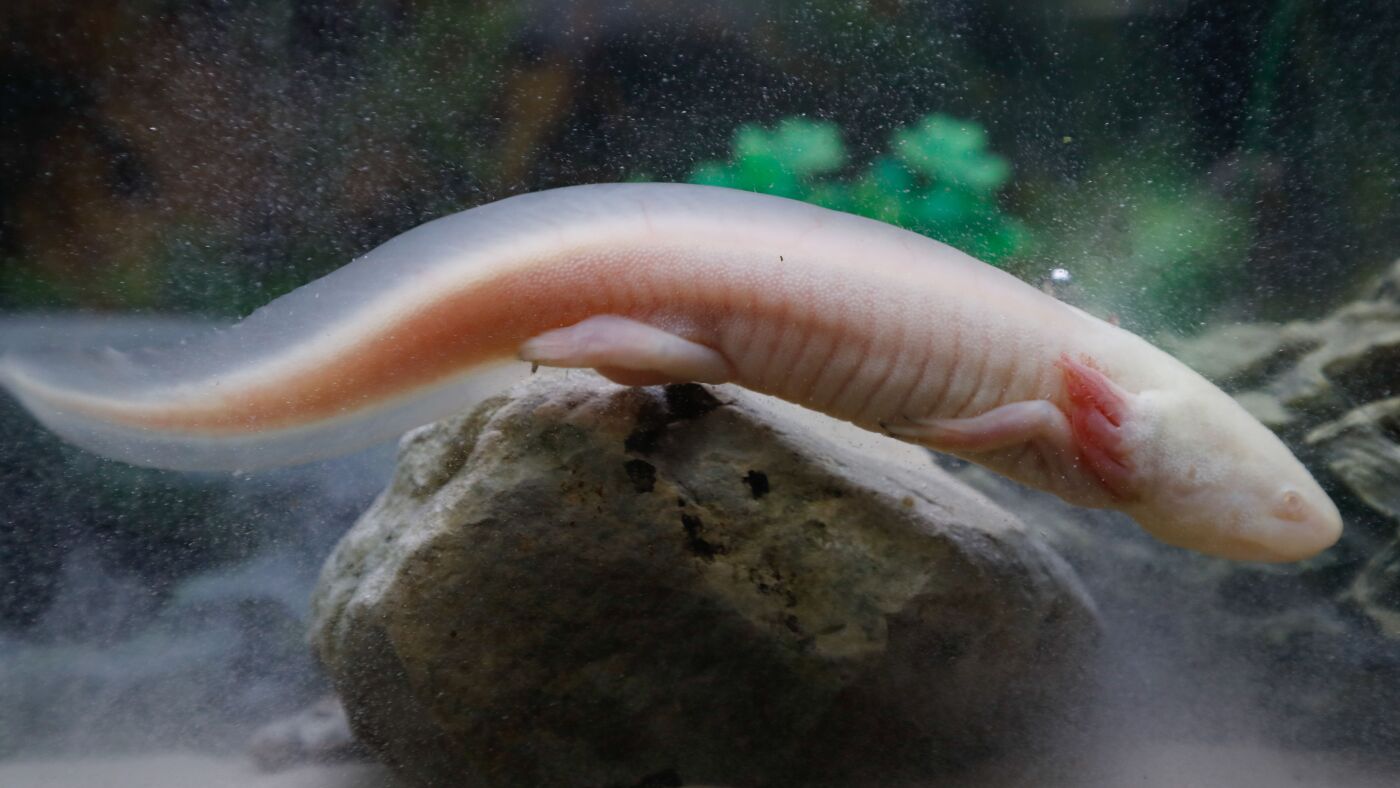The Resilient Axolotl: How Science Is Rewriting an Extinction Story
Introduction: More Than Just a Smiling Face
The axolotl’s perpetual “smile” and feathery gills have made it an internet darling, but behind its charming appearance lies a far more compelling narrative—one of scientific wonder and conservation urgency. Native exclusively to Mexico’s Xochimilco wetlands, this neotenic salamander (retaining juvenile traits into adulthood) has become a symbol of both ecological fragility and human ingenuity. Once thriving in intricate canal systems, wild axolotl populations have plummeted by 99.5% since the 1990s due to urbanization, pollution, and invasive species. Yet recent breakthroughs, including successful reintroductions of captive-bred individuals, suggest a path forward. This report explores the axolotl’s ecological significance, the innovative strategies saving it, and why its survival matters beyond Mexico’s borders.
—
The Axolotl’s Precarious Existence
A Habitat Under Siege
Xochimilco’s canals, remnants of an ancient lake system, are now a fractured network choked by agricultural runoff, plastic waste, and invasive tilapia and carp. These fish devour axolotl eggs and compete for food, while shrinking habitats force remaining populations into isolated pockets. Climate change exacerbates the crisis: warmer waters stress axolotls, and erratic rainfall alters water chemistry. Scientists estimate fewer than 1,000 wild axolotls persist, qualifying them as *critically endangered*—a classification signaling imminent extinction without intervention.
The Ripple Effect of Loss
Axolotls are a keystone species in Xochimilco’s ecosystem. Their diet (insects, small fish, and crustaceans) helps regulate populations that could otherwise destabilize the food web. Their decline mirrors broader wetland degradation, threatening migratory birds and aquatic plants. Moreover, axolotls possess extraordinary biological traits, including the ability to regenerate limbs, spinal cords, and even parts of their hearts—a feature driving medical research. Losing them would forfeit ecological balance and scientific potential.
—
Breaking New Ground in Conservation
Captive Breeding: Beyond the Lab
Axolotls have long been bred in labs for research, but adapting them for wild survival required rethinking traditional methods. Programs like Mexico’s *Refugio Chinampa* prioritize genetic diversity, mimicking natural conditions to prepare axolotls for reintroduction. Juveniles are exposed to native vegetation, fluctuating temperatures, and live prey to hone hunting instincts—a stark contrast to sterile lab environments.
The Artificial Wetland Experiment
A 2023 pilot study released 18 tagged, captive-bred axolotls into restored and artificial wetlands. The results defied expectations:
– Survival Rates: 78% of axolotls thrived after six months, with some exhibiting breeding behaviors.
– Adaptability: Individuals navigated complex terrain, avoiding predators like herons.
– Habitat Success: Man-made ponds with native plants and clean water performed as well as restored natural sites.
This challenges the assumption that artificial habitats are inferior, offering scalable solutions where natural restoration is impossible.
—
Community-Led Solutions
Conservationists collaborate with Xochimilco’s *chinamperos* (traditional farmers) to integrate axolotl-friendly practices. Initiatives include:
– Chinampa Refuges: Farmers allocate pesticide-free plots as safe zones, using axolotls to naturally control pests.
– Tourism as a Tool: Eco-tours fund habitat cleanup and educate visitors on axolotl ecology.
– Citizen Science: Locals monitor water quality and report sightings via apps, creating real-time data maps.
This model proves that conservation thrives when it benefits communities economically and culturally.
—
The Bigger Picture: Why Axolotls Matter
A Blueprint for Biodiversity
The axolotl’s story mirrors global amphibian declines (41% of species are threatened). Its successful reintroduction strategies—captive breeding, hybrid habitats, community engagement—could save other critically endangered amphibians, from Panama’s golden frog to China’s giant salamander.
Science’s Unanswered Questions
Axolotls hold secrets to human health. Their regenerative abilities, linked to unique immune responses and stem cell activation, could revolutionize treatments for spinal injuries or heart disease. Every extinction erases such possibilities.
—
Conclusion: A Legacy in the Balance
The axolotl’s resurgence is a rare victory in conservation—a testament to interdisciplinary collaboration and adaptive science. Yet its survival hinges on sustained effort: expanding artificial wetlands, curbing pollution, and global awareness. This isn’t just about saving a charismatic amphibian; it’s about proving that even species on the brink can reclaim their place in the wild. As climate change accelerates, the axolotl’s fight becomes a litmus test for humanity’s ability to coexist with nature. The time to act is now, and the tools are in our hands.
*”Extinction is not inevitable. It is a choice.”* — The axolotl’s future will be ours to define.











